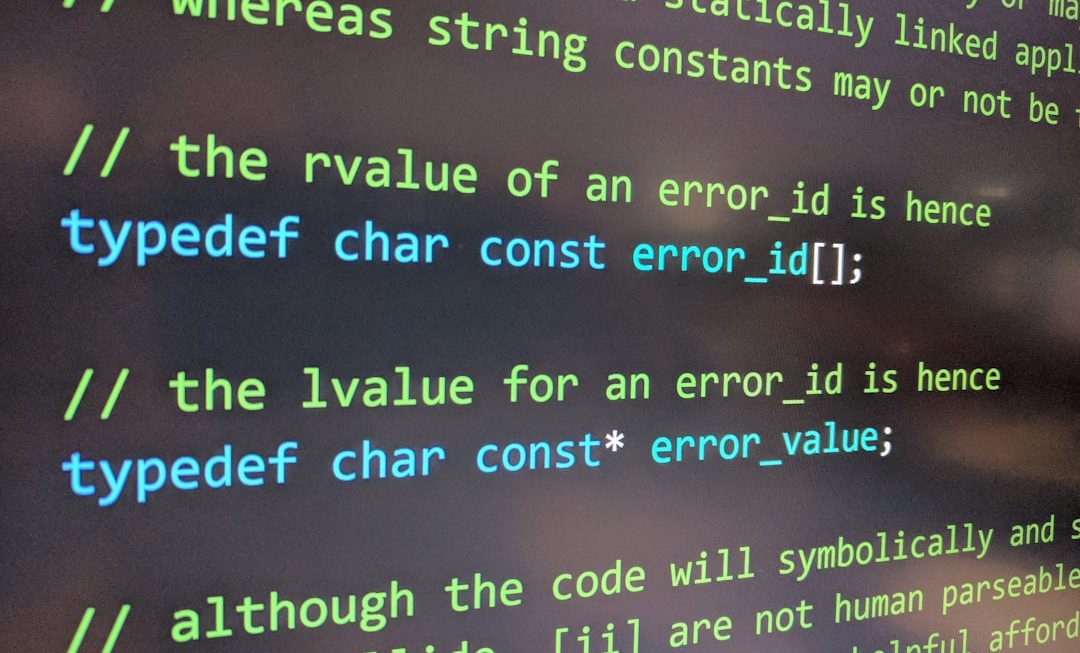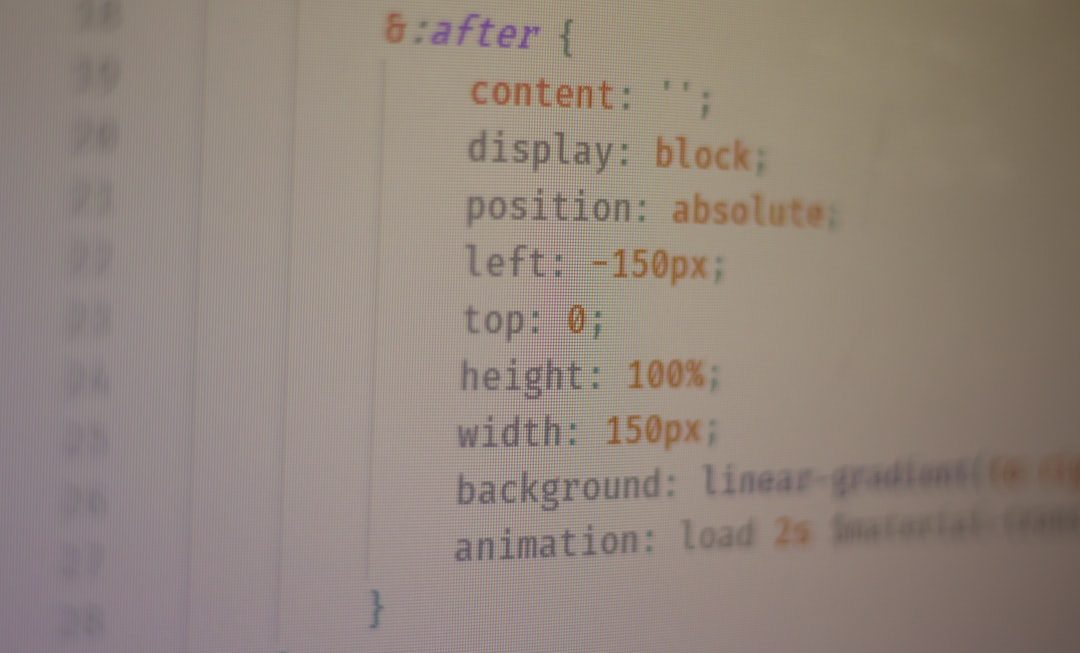As synthetic media becomes more realistic and accessible, detecting deepfakes has become a critical skill in 2025. From social media videos to manipulated voice recordings, deepfakes can spread misinformation, impersonate individuals, and cause significant societal harm. Fortunately, a new generation of tools and techniques has emerged—empowering individuals, journalists, and cybersecurity professionals to detect fakes with a high degree of accuracy.
What Are Deepfakes?
Deepfakes are media—usually video or audio—that have been digitally manipulated using artificial intelligence to create hyper-realistic fabrications. Popular deepfake use cases include swapping faces in videos, cloning voices, or generating entirely fake people.
Though some uses are innocent (like CGI entertainment), others aim to deceive, defraud, or damage reputations. Recognizing the signs and using detection tools is crucial in this new media landscape.

Best Deepfake Detection Tools in 2025
With advancements in AI, new tools have surfaced to meet the challenges of detecting ever-improving synthetic media. Here are some of the top tools leading the charge:
- Microsoft Video Authenticator: This tool provides real-time analysis by assessing subtle fading or blending boundaries that humans often overlook.
- Sensity AI: Known for scanning billions of media files globally, it identifies and tags potential synthetic assets using AI-powered detection algorithms.
- Reality Defender: A browser extension and enterprise-grade solution that protects users by analyzing video and audio content for signs of manipulation.
- Amber Video: Offers real-time feedback on whether video content has been altered, specifically designed for journalists and content creators.
- Hive Moderation: This cloud-based API detects deepfake images and videos with impressive speed and accuracy, suitable for applications at scale.
Top Techniques to Detect Deepfakes Like a Pro
While tools are essential, complementing them with human intuition and proven techniques can drastically improve detection success. Here are effective investigative strategies:
- Analyze Unnatural Movements: Deepfakes often struggle to replicate body language and facial expressions. Look for unnatural blinking, rigid neck movements, or inconsistent eye orientation.
- Check for Lighting Inconsistencies: AI-generated faces sometimes mismatch the lighting direction compared to the surrounding environment or shadow behavior.
- Zoom into Facial Details: High-resolution observations can reveal pixel smoothing, blurring around the mouth, or distorted backgrounds.
- Audio Synchronization: Poor voice-to-lip sync is a common tell. Watch closely for unnatural or delayed lip movements.
- Reverse Video Search: Tools like InVID or Google’s reverse video search can trace the original footage and identify possible manipulation.
AI vs AI: The Arms Race
In a fascinating twist, artificial intelligence is both the problem and the solution in the deepfake landscape. New methods such as GAN-based anomaly detectors use neural networks to spot inconsistencies within a video’s synthetic layers. Researchers are experimenting with deepfake provenance chains—fingerprinting original media to create trackable watermarks that AI cannot spoof.
Major tech platforms are also investing in automated detection systems capable of sweeping vast content networks and flagging suspicious media in seconds. This shows that the future of digital trust will likely be a collaboration between machine vigilance and human reasoning.
Staying Informed and Vigilant
Deepfakes are not going away. They will only become more convincing and easier to generate. But staying informed, combining expert tools with sharp perception, and fostering a skeptical eye can empower everyone from journalists to discerning viewers.
Remember, the goal isn’t paranoia—it’s responsible skepticism.

FAQ: Detecting Deepfakes in 2025
- Q: Can smartphones detect deepfakes now?
A: Yes, several smartphone apps and browser extensions now integrate with AI-based detection systems, allowing users to analyze media directly from their devices. - Q: Are deepfakes illegal?
A: It depends on jurisdiction and intent. While the technology itself is not inherently illegal, using it for deception, fraud, or harassment usually is. - Q: Is it possible to detect deepfake voice audio?
A: Absolutely. Tools like Resemble Detect and ElevenLabs Voice Integrity Checker specialize in identifying AI-generated voices by analyzing waveforms and frequency nuances. - Q: What’s the future of deepfake detection?
A: Expect greater use of blockchain for authenticating content and real-time AI analysis in mainstream content platforms and mobile devices. - Q: Can deepfakes fool biometric systems?
A: In some cases, yes. It’s why many security systems are moving toward multi-factor authentication including behavioral biometrics and liveness detection.




